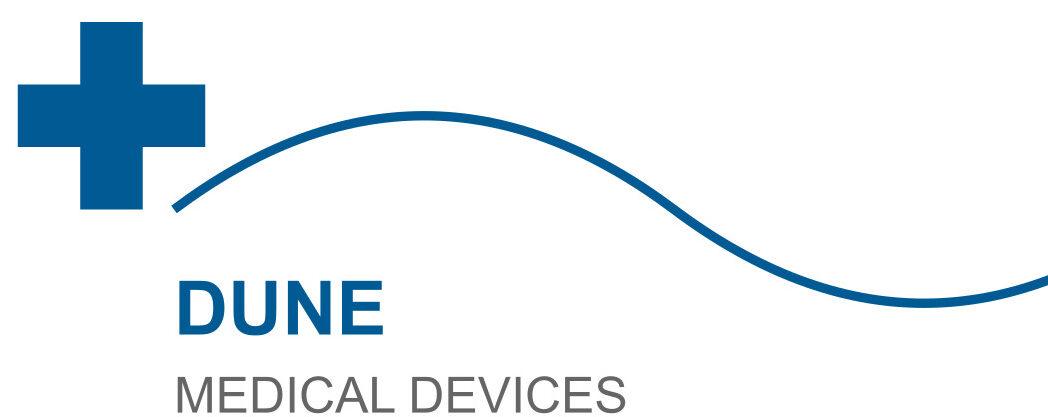
What Is Radiofrequency (RF) Fat Reduction?
“`html
What Is Radiofrequency (RF) Fat Reduction?
Introduction
Radiofrequency (RF) fat reduction is a non-invasive cosmetic treatment that uses controlled heat energy to target and reduce stubborn fat while tightening the skin. Unlike surgical procedures like liposuction, RF treatments require no incisions, anesthesia, or downtime, making them an appealing option for those seeking gradual yet noticeable body contouring. This technology has gained popularity for its dual benefits—reducing fat cells and improving skin laxity—making it a versatile solution for individuals looking to refine their physique without surgery.
In this guide, we’ll explore how RF fat reduction works, its key benefits, and who makes an ideal candidate for the procedure. If you’re comparing non-surgical fat reduction methods, you might also be interested in our article on RF vs. CoolSculpting: Which Is Better?.
How Does RF Fat Reduction Work?
RF fat reduction relies on thermal energy to disrupt fat cells while stimulating collagen production in the skin. Here’s a breakdown of the process:
1. Heat Application
A specialized device delivers controlled radiofrequency waves to the targeted area, heating the underlying fat cells and surrounding tissues. The heat damages fat cell membranes, causing them to break down and be naturally eliminated by the body’s lymphatic system over time.
2. Collagen Stimulation
In addition to fat reduction, the heat energy triggers collagen and elastin production, which helps tighten loose or sagging skin. This makes RF an excellent option for individuals who want both fat reduction and improved skin texture.
3. Gradual Results
Unlike immediate surgical results, RF treatments require multiple sessions (typically 3–6) spaced weeks apart. Patients usually see progressive improvements over 2–3 months as the body metabolizes the treated fat cells.
Benefits of RF Fat Reduction
RF treatments offer several advantages over traditional fat reduction methods:
Non-Invasive & Pain-Free
Since no incisions or needles are involved, RF is a comfortable procedure with minimal discomfort. Patients often describe the sensation as a warm massage.
No Downtime
Unlike surgical options, RF requires no recovery period, allowing patients to resume daily activities immediately after treatment.
Skin Tightening
While many fat reduction treatments only address fat, RF also improves skin elasticity, making it ideal for those with mild to moderate skin laxity.
Versatility
RF can be used on multiple body areas, including the abdomen, thighs, arms, and chin, making it a flexible solution for various concerns.
Who Is an Ideal Candidate?
RF fat reduction is best suited for individuals who:
- Are near their ideal weight but struggle with localized fat deposits.
- Have mild to moderate skin laxity and want a firmer appearance.
- Prefer non-surgical treatments with no downtime.
- Are committed to multiple sessions for optimal results.
It’s important to note that RF is not a weight-loss solution for obesity. Those with significant excess fat may require alternative treatments or lifestyle changes first.
Conclusion
Radiofrequency fat reduction is a safe, effective, and non-invasive way to contour the body while improving skin tightness. By using controlled heat to target fat cells and stimulate collagen, RF treatments provide gradual yet long-lasting results without surgery or downtime. If you’re considering non-surgical body sculpting, RF could be an excellent option—especially when compared to alternatives like CoolSculpting.
For best results, consult with a qualified provider to determine if RF is right for your specific needs and goals.
Frequently Asked Questions
How long do RF fat reduction results last?
Results are long-lasting as long as patients maintain a stable weight. Fat cells eliminated during treatment do not return, but remaining cells can expand with weight gain.
Are there any side effects?
Most patients experience mild redness or warmth in the treated area, which subsides within hours. Serious side effects are rare when performed by a trained professional.
How many sessions are needed?
Most individuals require 3–6 sessions spaced 2–4 weeks apart for optimal fat reduction and skin tightening.
“`
